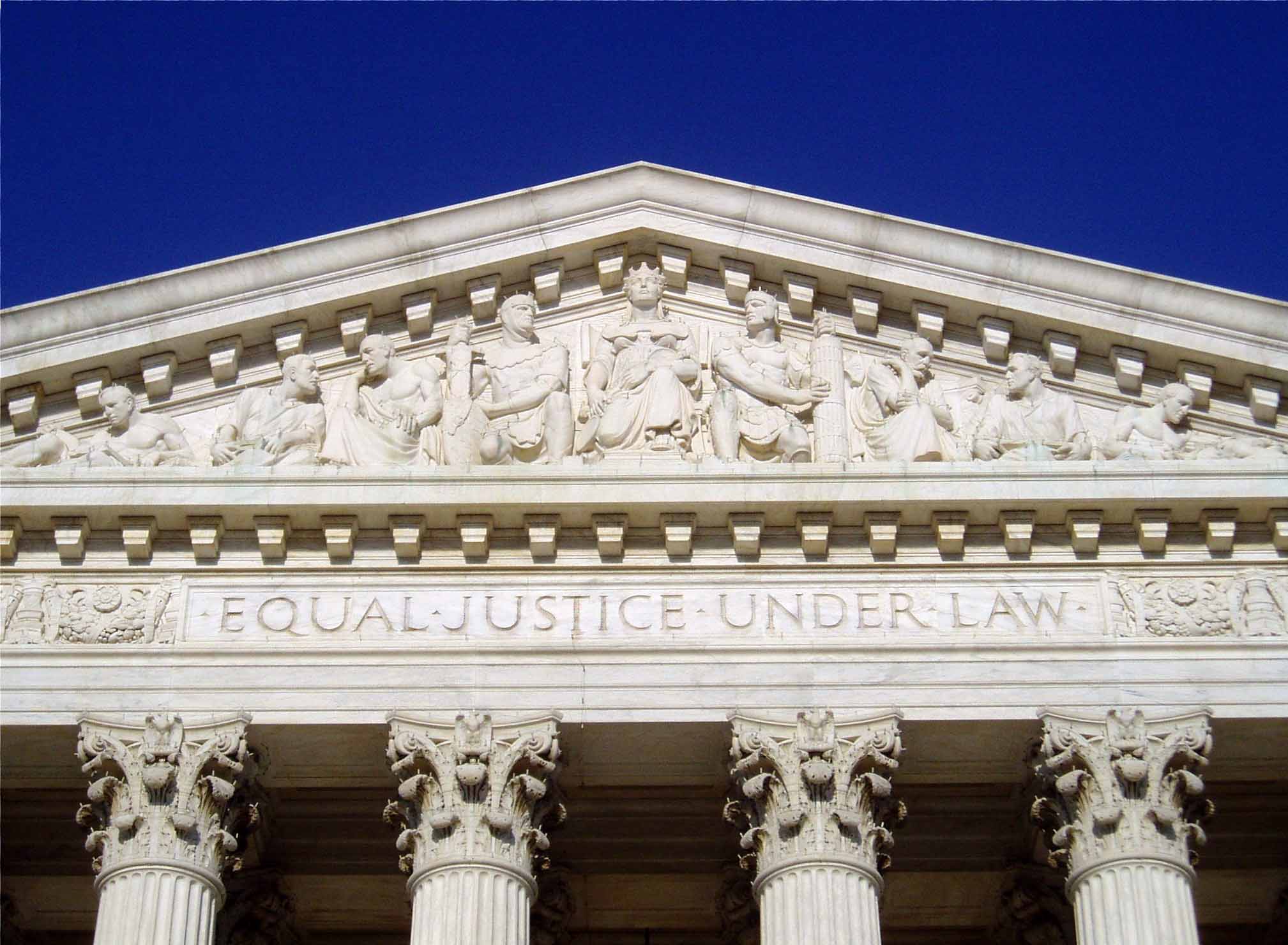Views expressed in opinion columns are the author’s own.
“Sociological gobbledygook.”
This is how Chief Justice John Roberts recently referred to the work of social scientists measuring gerrymandering. His words demonstrate a fundamental misunderstanding of data and jeopardize the work of the court.
The Supreme Court is currently considering Gill v. Whitford, which challenges Wisconsin’s state assembly map. Central to the case is the work of political scientist Eric McGhee and law professor Nicholas Stephanopoulos, who have created a way to measure party bias in state redistricting. Their “efficiency gap” metric could quantify gerrymandering. However, Roberts has chosen to dismiss their evidence.
Economist writer Steven Mazie pointed out Roberts does not seem to understand the research he critiqued. Roberts makes the mistake of “conflating asymmetry with lack of proportional representation” and seems to dismiss the field of sociology as a whole. His comments demonstrate a deeply worrisome lack of social science literacy.
This is not the first time the Supreme Court has failed in this category. In Brown v. Board of Education of 1954, the court famously ruled the doctrine “separate but equal” was “inherently unequal.” The court determined segregation was intrinsically harmful to black students based, in part, on “the Doll Test.” Psychologists Mamie and Kenneth Clark designed a test using dolls of different colors to test children’s racial perceptions. They concluded racial segregation created a feeling of inferiority in black children. The Supreme Court interpreted this evidence as proof that segregation was inherently unequal.
While the court inarguably made the right decision in striking down school segregation, the Doll Test findings were far from definitive. The test relied on a small sample size and did not include a control group. Institutionalized racism certainly makes a black student’s education unequal to a white student’s, but the social science in this case did not do an adequate job of demonstrating that fact. Harvard Law School professor Lani Guinier argues the court used “incomplete data” and may have “inadvertently reinforced” existing stigmas.
Though the court in Brown embraced data while the current court rejects it, both cases demonstrate ignorance of the rules of science. No matter the situation, social science discoveries deserve to be carefully considered. They cannot be accepted without question and cannot be rejected outright as “gobbledygook.” It is up to the justices to determine when findings are rigorous and empirical.
In the nation’s highest court, words set precedent. Roberts has to be aware his dismissal of sociology could have consequences beyond this case. It is crucial the court makes a habit of thoughtfully considering social science data. Good data gives us the chance to solve problems in ways we didn’t know were possible. In this case, sociologists have found a way to identify gerrymandering and improve our democracy. Roberts’ ignorance stands in the way.
Jack Lewis is a senior government and politics major. He can be reached at jlewis20@umd.edu.



